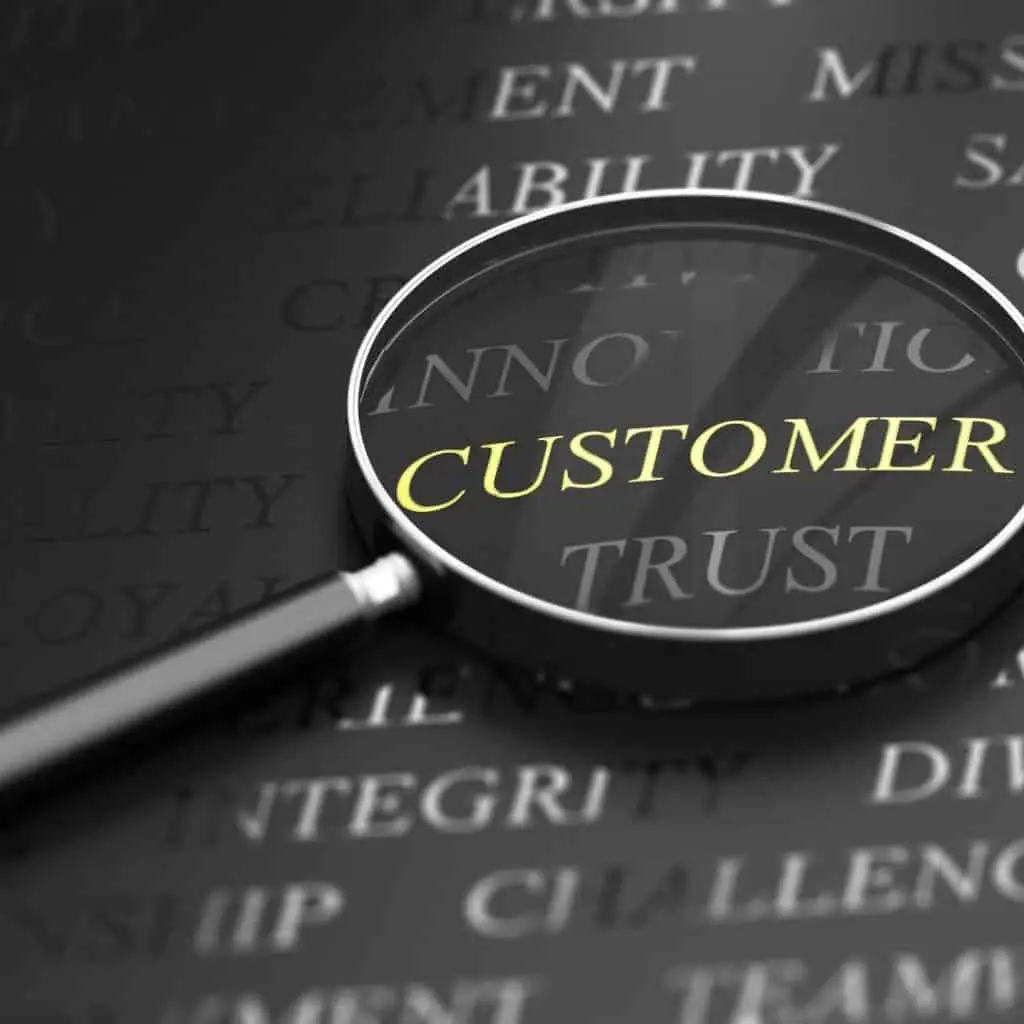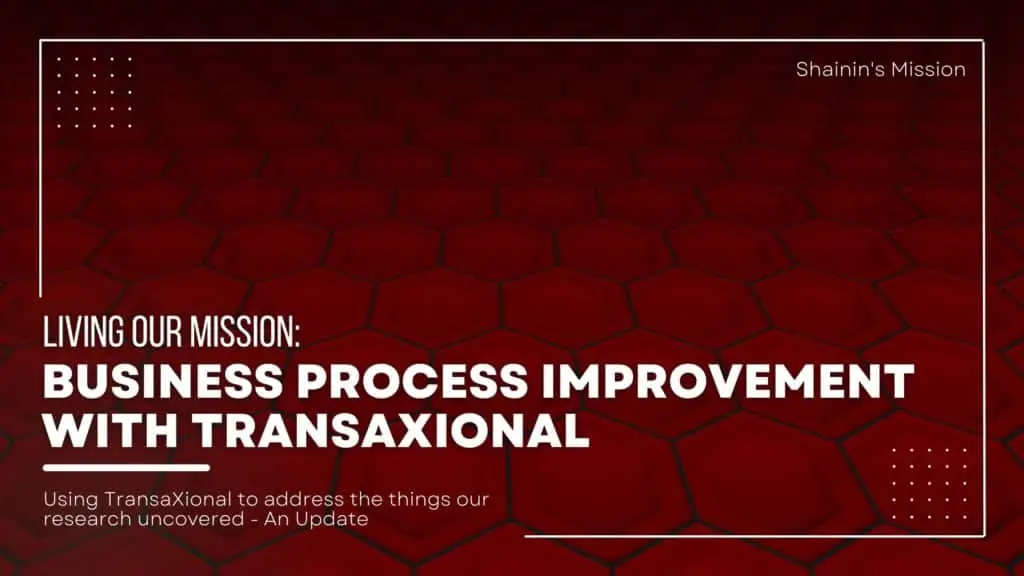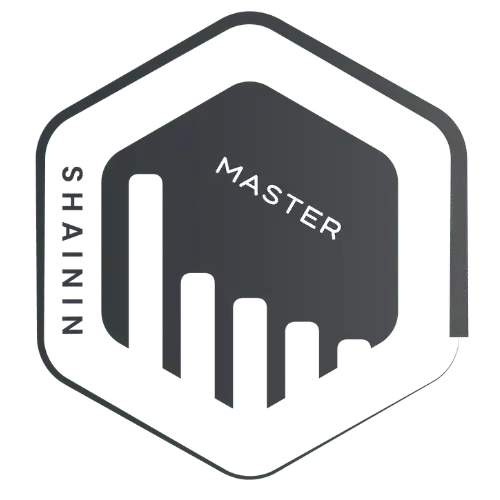By Craig Hysong
Internal improvements for external benefits.
As we work to improve products and services around the globe every day to make life easier, we’re running a TransaXional project inside on our own business. Walk through how our mission to transform problem solving approaches is helping us learn to serve you better.
Do as i say…and as i do
“It just takes so long to get things done—partly because we’ve got people redoing tasks at different times during the process.”
-TransaXional Class Participant
As we (the Shainin marketing team) attended the TransaXional class, we jumped right into an ongoing discussion of why other course participants were there. Interested in upgrading the customer experience — we wanted to learn what needs to go right internally tomaximize customer experience and realized we had a method to do just that.
For those who aren’t aware, TransaXional is the business process equivalent to the technical Red X problem solving methodology. Helping you understand what needs to go right in order to ensure success. Since Shainin has invested years (two decades!) perfecting this method, we were eager to use it on ourselves to enhance our process for your benefit and share that journey with you.
Defining customer experience

In last quarter’s newsletter, we talked about how our market research demonstrated room for improvement. And mentioned we would be actively working to expand our efforts. We meant that! So, this quarter, using our own tools, we’ve spent our time diving into business process improvement (a TransaXional project) focused on customer experience (CX).
To us, customer experience (CX) includes everything from customer care to ease of use, service features to resources we provide. Every touchpoint you have with Shainin, every communication (or lack of communication) has been considered. That meant our TransaXional project needed to involve the CX process from the time your company reaches out to learn about working together to the time coaching or a problem-solving engagement is resolved.
Identifying the gaps
The idea of TransaXional is that it dives into which functions must be performed correctly —not what is currently done. Using function models, we map what has to go right to give you the best possible outcome. In concluding this function model, we’ve identified some gaps between what actions must successfully occur and what we’re currently doing. In the interest of complete transparency with you, our customer leaders, those areas are listed below:
- Client-Facing Software
- Post-Certification Support
- Ongoing Communication & Additional Support
- Helping Customers Market Internally
- Coaching Day Preparations
- Providing Assets to help present, track, and complete projects

Moving Forward
With that being said, we’ve prioritized our action list and will focus on the critical items first. Based on our coach’s feedback (yep, we have one too!), we’ll be implementing some changes within the next month.
Aside from the customer experience improvements that the TransaXional project is illuminating, going through the process ourselves allows us the chance to see how TransaXional works for you—our customer! Based on the challenges we’ve had so far, we anticipate changes in our coaching approach, making it simpler and more effective for future projects.
If you have general questions or want to know more about how our TransaXional project is going or areas you feel we’ve left out, feel free to contact us here.




